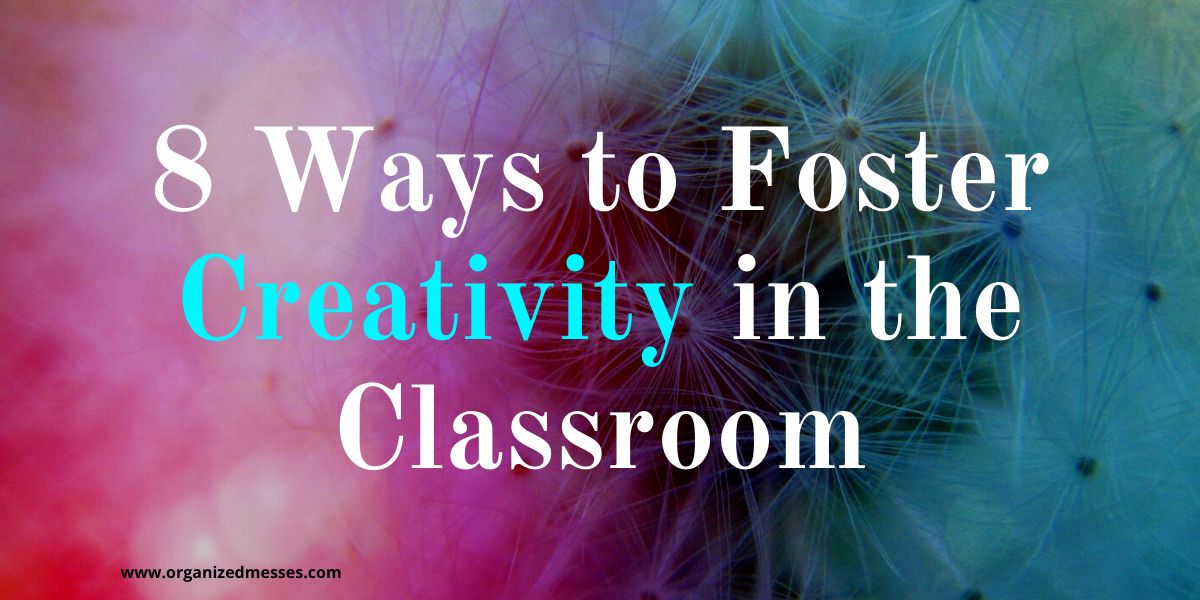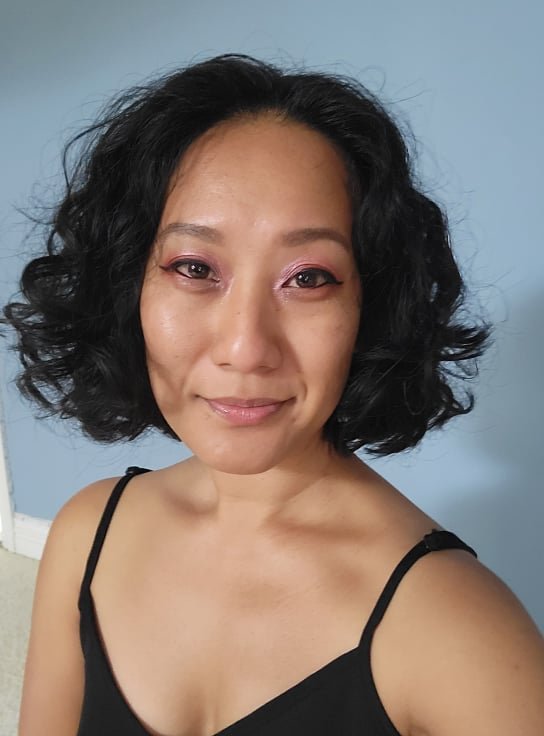"All great artists draw from the same resource: the human heart, which tells us that we are all more alike than we are unalike."
"Creativity is not merely the innocent spontaneity of our youth and childhood; it must also be married to the passion of the adult human being, which is a passion to live beyond one's death."
As a kid, I often stared into the night sky immersed in the beauty of the stars. I thought about constellations and wondered if the moon was made of cheese. I also daydreamed about alien life and the potential future of humanity. It just seemed very possible that one day, the collective human culture could transcend the suffering and unnecessary corruption it currently experiences. These were my thoughts in elementary school.
I was labeled weird and sensitive growing up. As a child, I thought they were constant, negative traits that could not change.
As a young student, I daydreamed in class, doodled, or added creative elements in my assignments that were deemed 'inappropriate' by my teachers. Several times I was reprimanded for not following directions and benched during recess. Not following directions was defined as coloring outside the lines and adding layers to a fundamentally boring task. For instance, if the assignment were a writing task, I finished quickly and drew pictures with the words I wrote.
This was inappropriate behavior, and my teacher grabbed my papers, crumpled them, and threw them in the trash. "You are disrespecting me by not following directions. You're benched this recess. Students, make sure she doesn't play."
Her words went something like that. (It was two decades ago, minor details.) Yet I remember the image of a little girl looking down at her feet as her teacher, the giver of knowledge and affirmations, told her she was unworthy of praise, and must fall in line like every other student. I remember the feelings of shame and fear. I felt shameful for being different, and was worried I would disappoint my parents. I felt scared my teacher would grab my paper during any writing or art activity and ridicule the weird student who could not follow simple directions without making a mistake.
I was seven years old; a second grader, and that experience helped shape my negative perception of otherness for a majority of my life. It also added to my long struggle with performance anxiety.
In middle and high school, I learned to follow norms and excelled academically, making dean's list almost every semester. I learned to equate my self-worth to my abilities to ace an exam through rote memorization. There was routine in my life, and changes were difficult to acclimate to. Following directions meant stability, monotony, and role fulfillment. I had equated my role in life to being a rule-follower.
There are other contextual issues that defined my rule-following identity growing up, and the underlying themes resulted in a discomfort for novelty, and fears of authenticity. Working with children and parents for thirteen years has helped me rewrite my narrative. As someone who struggled to be an adult artist, I have some thoughts on fostering creativity in the classrooms and at home.
1) When a creative child doodles during lecture,
he is processing information. Creatives promote their learning by pairing two or more stimuli to increase encoding of information. We're not disrespecting you (teacher); we're listening.
2) Finding a balance between product-oriented and process-oriented
art activities will feed creative exploration in students. Process art also places less pressure on students to complete their art perfectly or identical to the teacher's example. Following directions is important. Art activities during one part of the day can exercise freedom of expression and healing for developing brains and hearts.
3) Process-oriented tasks can also promote a generation of free-thinkers
who analyze information beyond the details given. We can raise a generation of idea generators, inspirers, and inventors.
4) Many creative students have different intelligences
that may not benefit directly from standard teaching. (I get it--it's difficult with standardized testing, and limited time) Learning to teach or speak to a child through her media can promote diversity awareness and fuel creativity throughout the learning environment.
5) Squashing a creative student's expressions
when they complete tasks accurately and quickly can deter her from liking education. Many intelligent students are bored by standard learning procedures. Drawing may be used as an escape from a boring lesson plan.
6) Constructive, open-ended comments with a child's artwork
can limit a feeling of inferiority or self-worth with how much an adult "likes" her art. Commenting on components of, or asking the child to talk about the work can promote language skills, a stronger identity, and less need to please adults.
YES! Tell me more about this part., I noticed you used a lot of blue., This drawing makes me think of (event, feeling, objects...), I can see you took a lot of time to make this.
Try not to use, if at all, use in moderation. I love it!, It's so pretty!, It's beautiful! What is it? (A young child may think it's obvious what the drawing is, feel unsuccessful at a task. This may discourage the child's future attempts.)
NO! It's ugly., It doesn't even look like (object)., You're not an artist., Were you even trying?
7) We can incorporate creativity in our lives every day:
Movie breaks, collages of family photos, gratitude journals, games at the dinner table, driving alternative routes to work, making sandwiches differently, trying new recipes for dinner, redecorating a room, playing videogames, or trying something new.
8) Everyone is creative, and we each have our media of choice.
Some write; others draw, paint, cook, sew, speak, care, fix, sing, love, play, dance, move, problem solve, photograph, or (verb). Whichever medium, feed your creativity and mental wellness by doing it more often.
Art may be perceived as an abstract discipline that many hesitate to try or understand based on mental health stigmas associated with being artistic. Parents may worry if their children pursue art in college, they will end up poor or do drugs to inspire creation. These are legitimate concerns; however, the inspirers and inventors who changed the zeitgeist of a generation were and will always will be creative individuals. Artists create beauty, we entertain the population, and represent universal human emotions through our work. Since many artists are meagerly compensated, most work two or three jobs to pay for their creative endeavors.
Perhaps it's the values of art,
and those who choose to pursue art,
that demands cultivation.




